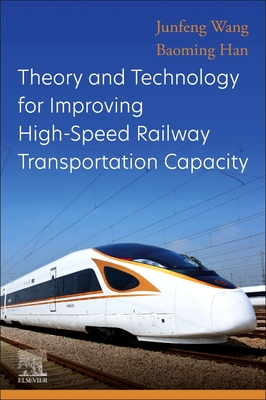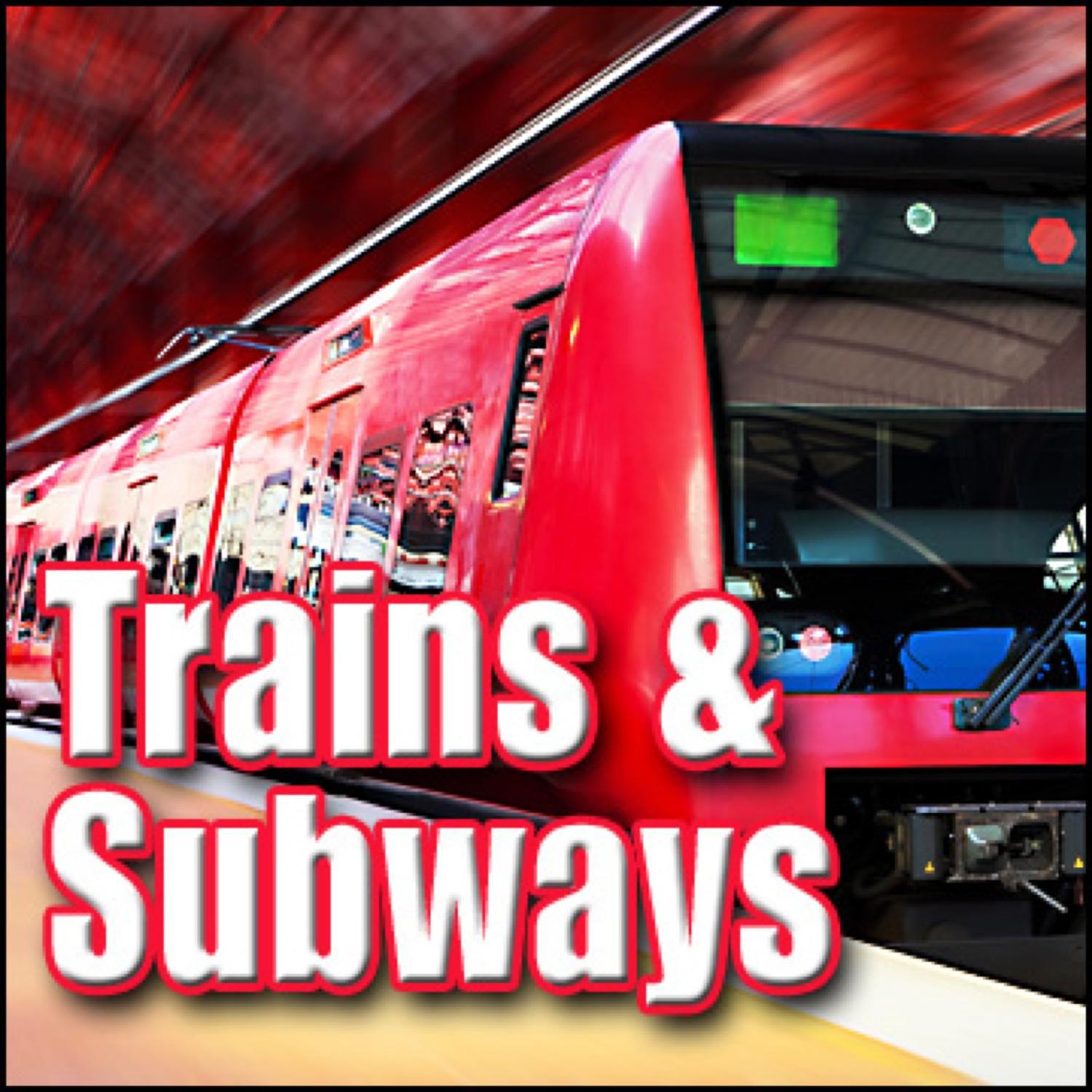When a High Speed Passenger Train Traveling at 300 km/h Meets Urban Infrastructure: Challenges and Innovations
**Translation of the phrase:** "当一列时速300公里的高速客运列车与城市基础设施相遇:挑战与创新"---#### IntroductionIn recent years, the development of high-speed rail networks has transf……
**Translation of the phrase:** "当一列时速300公里的高速客运列车与城市基础设施相遇:挑战与创新"
---
#### Introduction
In recent years, the development of high-speed rail networks has transformed the way we think about transportation. One of the most fascinating aspects of this evolution is the interaction between high speed passenger trains and urban infrastructure. Specifically, the scenario of when a high speed passenger train traveling at significant speeds encounters various urban elements presents unique challenges and opportunities for innovation.
#### The Rise of High-Speed Rail
High-speed rail (HSR) has become a crucial component of modern transportation systems across the globe. Countries like Japan, France, and China have invested heavily in HSR technology, resulting in trains that can travel at speeds exceeding 300 km/h. This rapid transit not only reduces travel time but also encourages economic growth and environmental sustainability by offering an alternative to car and air travel.

#### Urban Infrastructure and High-Speed Trains
As cities expand and populations grow, the integration of high speed passenger trains into urban infrastructure becomes increasingly complex. Urban areas often feature a mix of old and new structures, and the introduction of high-speed rail can lead to significant challenges. For example, existing bridges, tunnels, and stations may require upgrades or complete redesigns to accommodate the speed and weight of these trains.
#### Challenges Faced
1. **Safety Concerns**: The primary challenge when a high speed passenger train traveling at high velocities interacts with urban infrastructure is safety. The risk of accidents increases significantly at high speeds, necessitating advanced safety measures, such as improved signaling systems and barriers to prevent unauthorized access to tracks.
2. **Noise Pollution**: High-speed trains generate considerable noise, which can disturb urban residents. As a result, cities must implement soundproofing measures, such as noise barriers and specialized track designs, to mitigate this issue.

3. **Land Use Conflicts**: The construction of high-speed rail lines often requires substantial land, leading to conflicts with existing land use. Urban planners must carefully consider how to integrate these rail lines without displacing communities or disrupting local economies.
#### Innovations in Design and Technology
To address these challenges, engineers and urban planners are continually innovating. Here are some notable advancements:
- **Elevated Tracks**: Building elevated tracks can minimize land use conflicts and reduce noise pollution. This design allows trains to bypass densely populated areas while maintaining high speeds.
- **Advanced Materials**: The development of new materials that are lighter and more durable can help create infrastructure capable of supporting high-speed trains without requiring extensive upgrades to existing structures.

- **Smart Technology**: Implementing smart technology for monitoring and controlling train operations can enhance safety and efficiency. For example, sensors can detect track conditions in real-time, allowing for immediate adjustments to train speeds.
#### Conclusion
The interaction between when a high speed passenger train traveling at high speeds and urban infrastructure is a complex but fascinating topic. As cities continue to grow and evolve, the integration of high-speed rail will play a crucial role in shaping the future of urban transportation. By addressing the challenges and embracing innovative solutions, we can create a transportation system that is not only efficient but also sustainable and harmonious with urban life.